Beyond Trigger Warnings: Care in Reading (and Writing) Pain, a guest post by Janice Lynn Mather
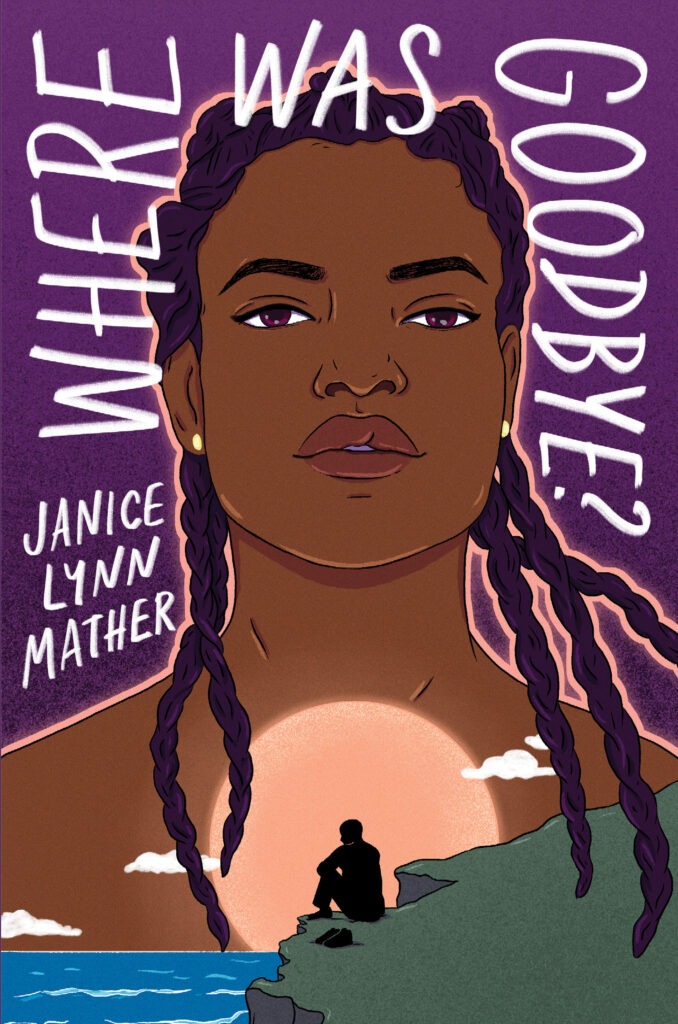
Trigger Warning: This post, and my novel Where Was Goodbye? reference death and suicide. Take care and be kind to yourself. Get help if you or someone you know needs it.
Some of the most challenging lines to write in Where Was Goodbye? are at the beginning. Not the opening scene, where we meet Karmen as she rifles through her brother Julian’s bedroom and finds evidence that, before he died by suicide, he was put on academic probation. Not her parents’ terse exchange a minute later, that sets the tone for her grief-riddled family. Not Karmen’s anxious moments on the first day back at school. It’s before that: the trigger warning.
ADVERTISEMENT
ADVERTISEMENT
As an author, how do I approach the potential for pain in the lines I write? How, as a reader, do we make these mostly well-intended but sometimes trivial-feeling statements actually hold meaning for us?
The truth—at least, my truth—is this: anything can trigger. There are obvious triggers—references to Julian’s death by suicide is the big one in Where Was Goodbye? But triggers are also intimate and specific. Subtle things can hurt, too. And often, no one warns you about them. They’re not being neglectful: they just don’t know. Trauma and grief are personal that way.
As I wrote Where Was Goodbye? I was grieving the sudden loss of my own son. In those early days, well meaning folks might have assumed that all healthy, living babies would feel like a gut kick for me then. They didn’t tend to consider that seeing siblings born two years apart, as he and my eldest would have been, hurt far more.
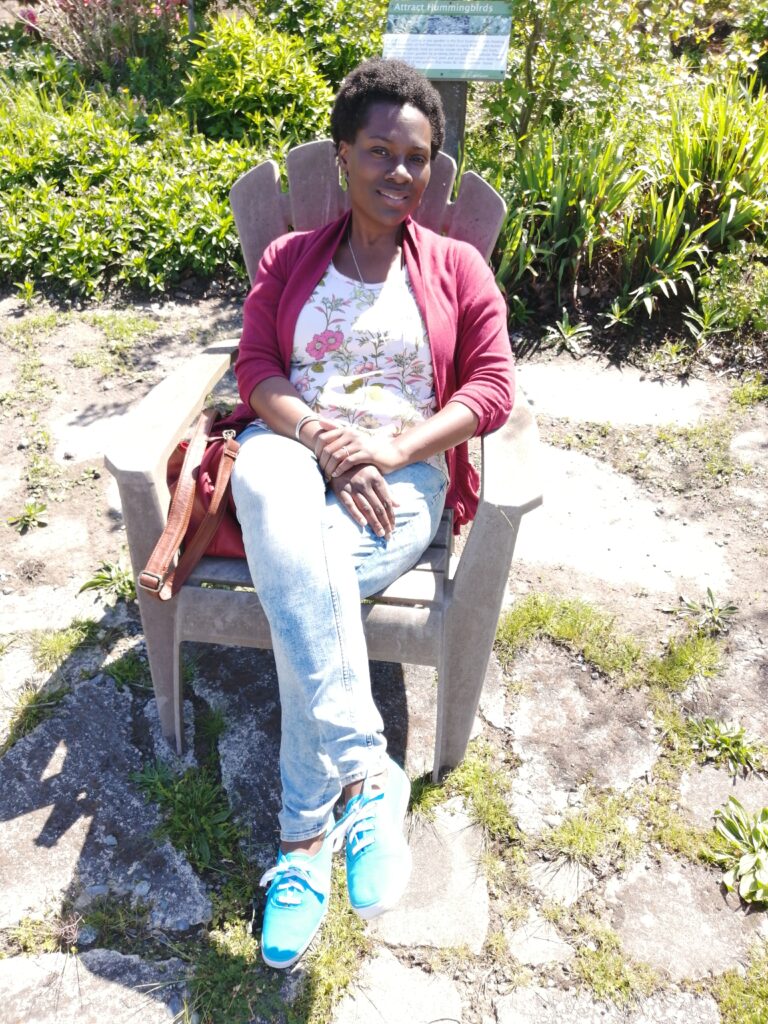
Researcher, author, and expert in vulnerability, Brene Brown, speaks of how, after great losses, it is not the grandiose moments that grieving families most often miss. It’s the mundane moments, the everyday holes left behind by loss. Karmen struggles these everyday triggers throughout Where Was Goodbye?
The first day of school.
Family breakfast.
The sight of her brother’s empty chair.
Sisters and brothers.
Happy families.
On it goes, and on Karmen goes. In reality, Karmen—and all of us grievers, all of us walking wounded—could point to a dozen everyday happenings that might plunge us into pain. Simply moving through life is a hazard.
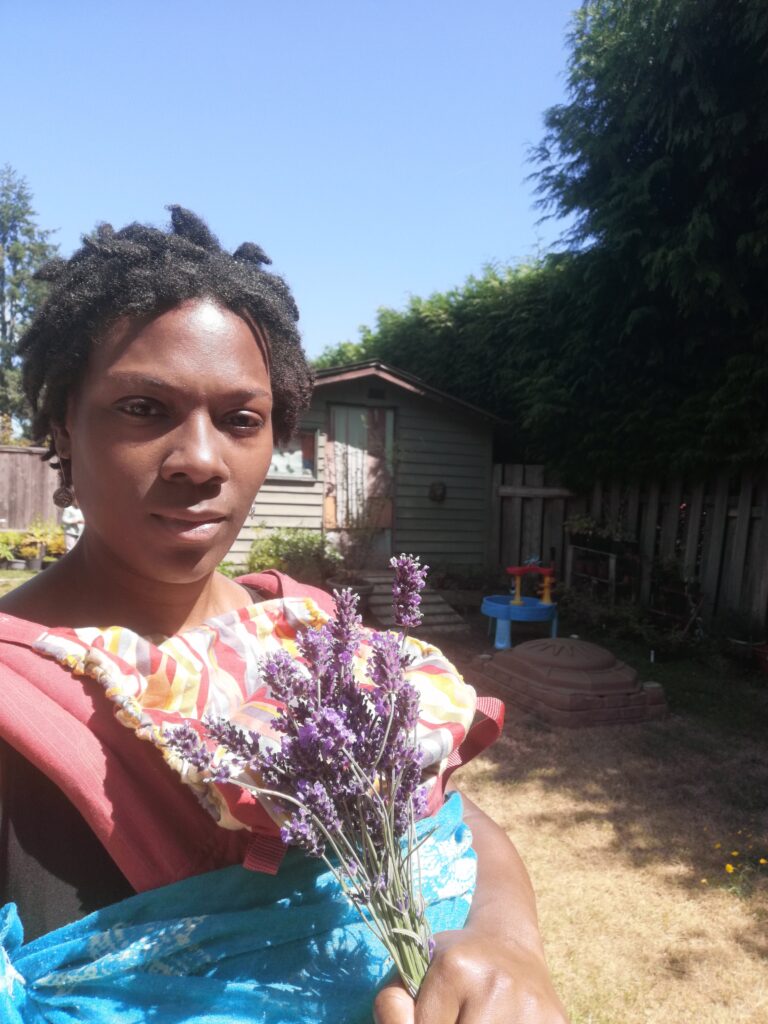
This is what makes trigger warnings challenging to write. It’s impossible to fully acknowledge the tenderness readers may bring to a book they dare to open—both in a warning, and in a short post. Here are five questions (or groups of questions) to ponder when reading (and writing) from a tender place.
Questions to ask:
- Right story
Is this the right story for me? As a writer, can I write this story? As a reader, do I need to read this story? For either, is it too much? Is it upsetting? Is it therapeutic? Is it important enough to push through? Does it add to my understanding, my processing? Is it taking me back in a way that feels unproductive or harmful? Do I feel heard, seen, understood or do I just feel upset?
- Right time
Is this the right time for me to write or read this story? Can I handle this right now? Am I overextended? Overstressed? Am I in a place of raw pain? Is this salt in a wound, or is it soothing balm? Is it a loss anniversary or other time that’s extra painful and extra charged?
- Right tools
Do I have enough time (and space) to process what I’m reading or writing?
Do I have the right to step away from the material if it becomes overwhelming? If not, what’s stopping me? Have I set rules for myself (I never abandon a book once I start reading)? Do others have rules in place (I must finish this book for a course)? If others are involved, am I letting them know I’m uncomfortable or distressed? Am I asking for space?
Do I need support as I read or write? Should I have a counselor? Do I need emergency support (like a hotline or crisis line)? Is there someone else I trust that I can talk to about what’s upsetting me?
- Body check
How do I feel in my body when I’m reading or writing? How do I feel throughout the day? Am I carrying stress? Are my shoulders tight? Is my stomach in a knot? Does that feeling last with me? Is it worth continuing? Can I discharge these physical sensations somehow—walking, breathing, yoga, a swim, skateboarding, screaming? How do I feel when I settle down to read or write? Anticipation or dread? Excitement? Panic?
- End Game
Where am I going with reading or writing this material? Resolution? Retelling? Feeling seen and heard? How do I feel with the way the story is unfolding? Is it taking a positive turn that comforts me? A positive turn that makes me feel isolated because my own story is so painful? A sad turn that leaves me feeling too weighed down? A sad turn I’m reassured by because I can relate?
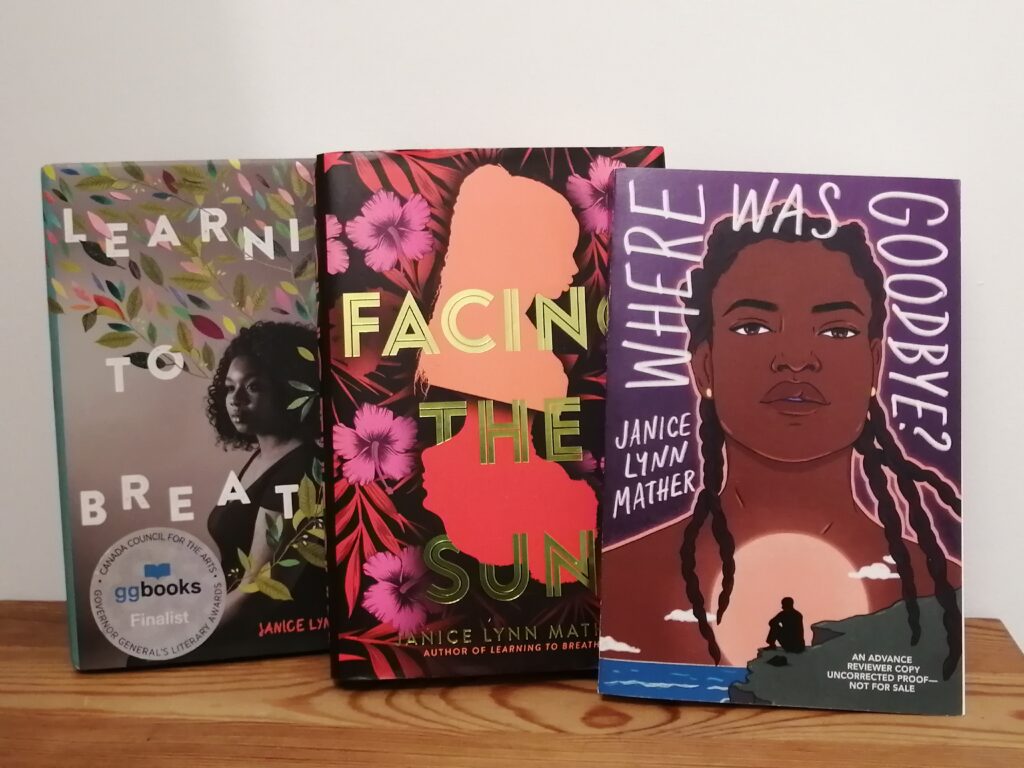
As I write this post, and look back over these questions, I’m struck by how much I’m suggesting we do, as writers and as readers. It seems unfair, but it also seems accurate. It is work, navigating the world with a broken heart you’re trying to hold together.
This is all the more reason for moving gently, carefully, thoughtfully, through stories, whether we’re taking them in or putting them out into the world. Take pauses, breaks. For Karmen, that can be between hurtling the school hallway on a skateboard and curling in a cozy spot with a giant ball of wool. In these moments, even if peace or joy seem too grandiose, they give a tiny bit of whatever reassuring normalcy she can find. May you find the same.
Meet the author
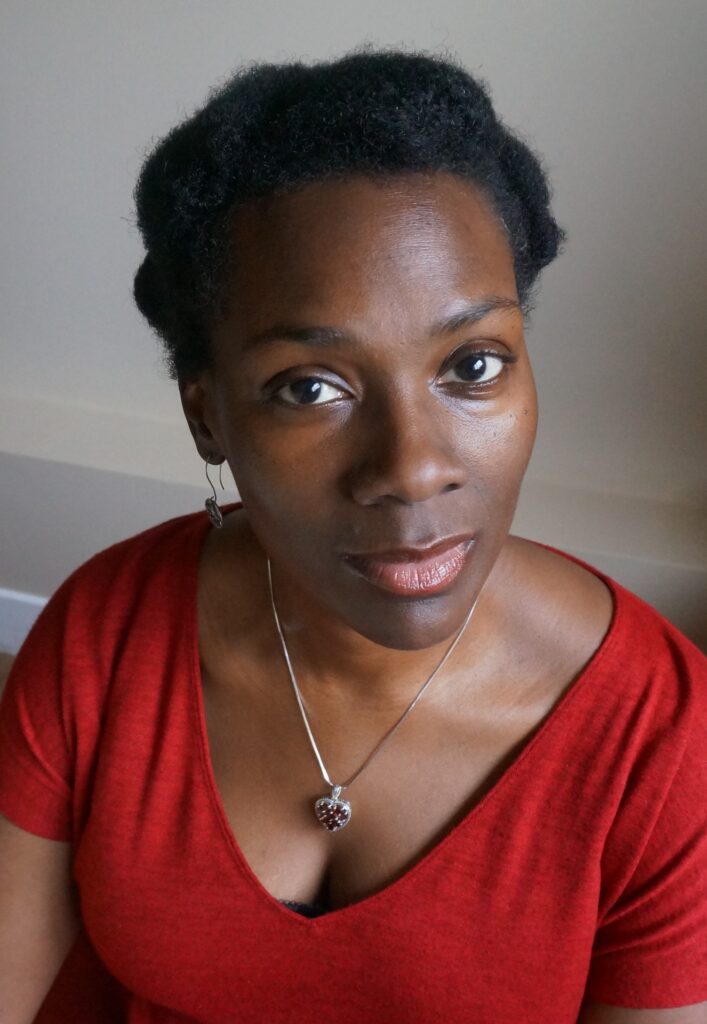
ADVERTISEMENT
ADVERTISEMENT
Janice Lynn Mather (she/her/hers) is a Bahamian Canadian author. Her first novel, Learning to Breathe, was a Governor General’s Award finalist, a Sheila A. Egoff Children’s Literature Prize finalist, shortlisted for the Amy Mathers Teen Book Award, an ALA/YALSA Best Fiction for Young Adults selection, an Amelia Bloomer Book List pick, and a Junior Library Guild Selection. Her second novel, Facing the Sun, was an Amy Mathers Teen Book Award winner. Where Was Goodbye? is her third novel for teens. Janice Lynn lives in Vancouver, British Columbia.
Here’s the book’s purchase link
About Where Was Goodbye?
A teen girl searches for closure after her brother dies by suicide in this breathtaking novel from the author of Learning to Breathe and Facing the Sun.
Karmen is about to start her last year of high school, but it’s only been six weeks since her brother, Julian, died by suicide. How is she supposed to focus on school when huge questions loom: Why is Julian gone? How could she have missed seeing his pain? Could she have helped him?
When a blowup at school gets Karmen sent home for a few weeks, life gets more complicated: things between her parents are tenser than ever, her best friend’s acting like a stranger, and her search to understand why Julian died keeps coming up empty.
New friend Pru both baffles and comforts Karmen, and there might finally be something happening with her crush, Isaiah, but does she have time for either, or are they just more distractions? Will she ever understand Julian’s struggle and tragedy? If not, can she love—and live—again?
ISBN-13: 9781665903950
Publisher: Simon & Schuster Books For Young Readers
Publication date: 04/30/2024
Age Range: 14 – 18 Years
Filed under: Guest Post
About Amanda MacGregor
Amanda MacGregor works in an elementary library, loves dogs, and can be found on Twitter @CiteSomething.
ADVERTISEMENT
ADVERTISEMENT
SLJ Blog Network
10 to Note: Summer Preview 2024
The Pastabilities Are Endless: Q&A with Aimee Lucido About Pasta Pasta Lotsa Pasta
Recent Graphic Novel Deals, April 2024 | News
ADVERTISEMENT







